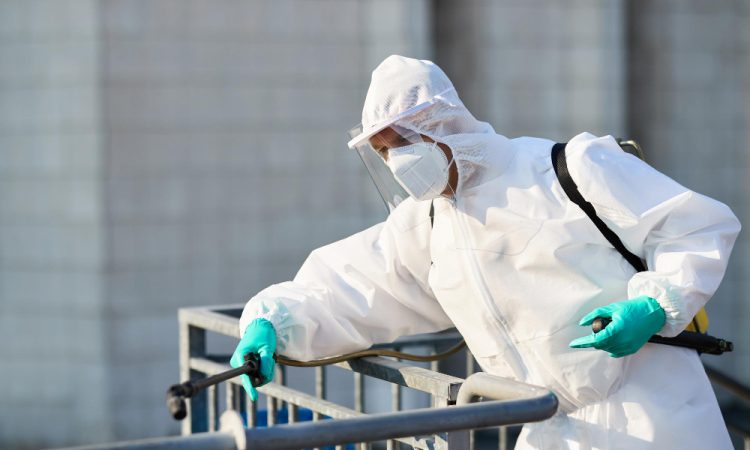
Climate change is impacting more than just the weather. In Kansas City, warmer winters and wetter summers are influencing pest behavior and creating new challenges for homeowners. Changes in temperature, rainfall, and seasonal patterns affect how pests survive, reproduce, and spread. Understanding these emerging trends is crucial for preventing infestations and protecting your property. In this post, we’ll examine how climate change is affecting pest activity in Kansas City and provide tips to help homeowners adapt to these evolving risks.
Warmer Winters and Year-Round Pest Activity
Traditionally, cold winter temperatures helped limit pest populations by killing insects and slowing reproduction. However, rising temperatures in Kansas City are allowing pests to survive through the winter and emerge earlier in the spring.
Termites, ants, and spiders are now able to remain active longer, increasing the likelihood of infestations. Rodents also take advantage of milder winters to forage and build nests near homes. This extended activity period means homeowners must be vigilant year-round, rather than relying on seasonal pest control alone.
Wetter Summers and Increased Moisture
In addition to warmer winters, wetter summers contribute to favorable conditions for pests. Heavy rainfall creates standing water, which is ideal for mosquito breeding. Moist soil and damp areas near foundations attract termites and ants, while high humidity can lead to mold growth that supports silverfish, cockroaches, and other pests.
These wetter conditions not only increase pest activity but also make infestations more difficult to detect and control. Homeowners need to be aware of moisture-prone areas around their property and take proactive steps to reduce water accumulation.
Emerging Pest Trends in Kansas City
As the climate shifts, certain pests are becoming more prevalent and appearing in areas where they were previously uncommon. Some of the emerging trends include:
- Extended Termite Season: Termites are active earlier in the spring and remain active later into the fall due to milder temperatures.
- Increased Mosquito Populations: Higher rainfall and warmer temperatures provide ideal breeding grounds for mosquitoes, raising the risk of bites and disease transmission.
- Rodent Activity: Rodents are seeking food and shelter earlier in the year and can remain active longer than before.
- New Invasive Species: Changing climate conditions make it easier for non-native pests to survive and establish populations in Kansas City.
How Homeowners Can Adapt
With these changing conditions, homeowners must take a proactive approach to pest control. Preventive measures can reduce the risk of infestations and protect property from damage.
- Inspect Your Property Regularly: Look for signs of termites, ants, rodents, and other pests around your home.
- Manage Moisture: Fix leaks, ensure proper drainage, and remove standing water to reduce breeding grounds for pests.
- Seal Entry Points: Close gaps around doors, windows, vents, and the foundation to prevent insects and rodents from entering.
- Maintain Landscaping: Keep plants trimmed, remove debris, and avoid piling mulch directly against the house to reduce shelter for pests.
- Monitor for New Pests: Stay informed about emerging species in Kansas City and take action quickly if detected.
Professional Support for Climate-Driven Pest Challenges
Even with preventive measures, climate change has made pest management more complex. Many pests are more active, resilient, and harder to detect than in previous years. Professional pest control services can identify vulnerabilities, provide targeted treatments, and offer long-term strategies to keep homes safe.
Homeowners in Kansas City can rely on ZipZap Termite & Pest Control for inspections and treatments designed to address climate-driven pest challenges. Their team can help identify risk areas, treat existing infestations, and implement preventive strategies for a pest-free home.
Conclusion
Climate change is reshaping pest patterns in Kansas City, resulting in longer periods of activity, increased populations, and the emergence of new species. Warmer winters, wetter summers, and fluctuating seasonal conditions create opportunities for termites, ants, mosquitoes, rodents, and other pests to thrive. Homeowners must remain vigilant by managing moisture, sealing entry points, maintaining landscaping, and monitoring for emerging threats. Professional pest control services can provide the expertise and preventive measures needed to protect homes in a changing climate.
